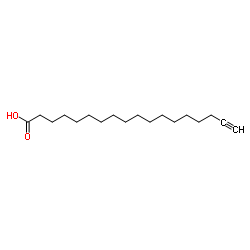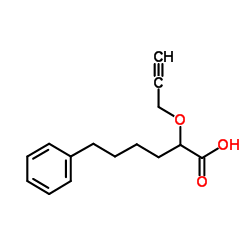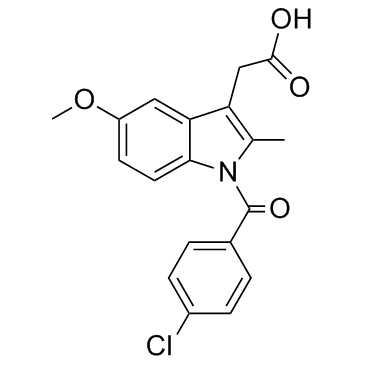| Structure | Name/CAS No. | Articles |
|---|---|---|
 |
Ethanol
CAS:64-17-5 |
|
 |
Acetonitrile
CAS:75-05-8 |
|
 |
17-ODYA
CAS:34450-18-5 |
|
 |
Nordihydroguaiaretic acid
CAS:500-38-9 |
|
 |
Dimethyl sulfoxide
CAS:67-68-5 |
|
 |
PPOH
CAS:206052-01-9 |
|
 |
Indometacin
CAS:53-86-1 |
|
 |
8-Octanoyloxypyrene-1,3,6-trisulfonic acid trisodium salt
CAS:115787-84-3 |